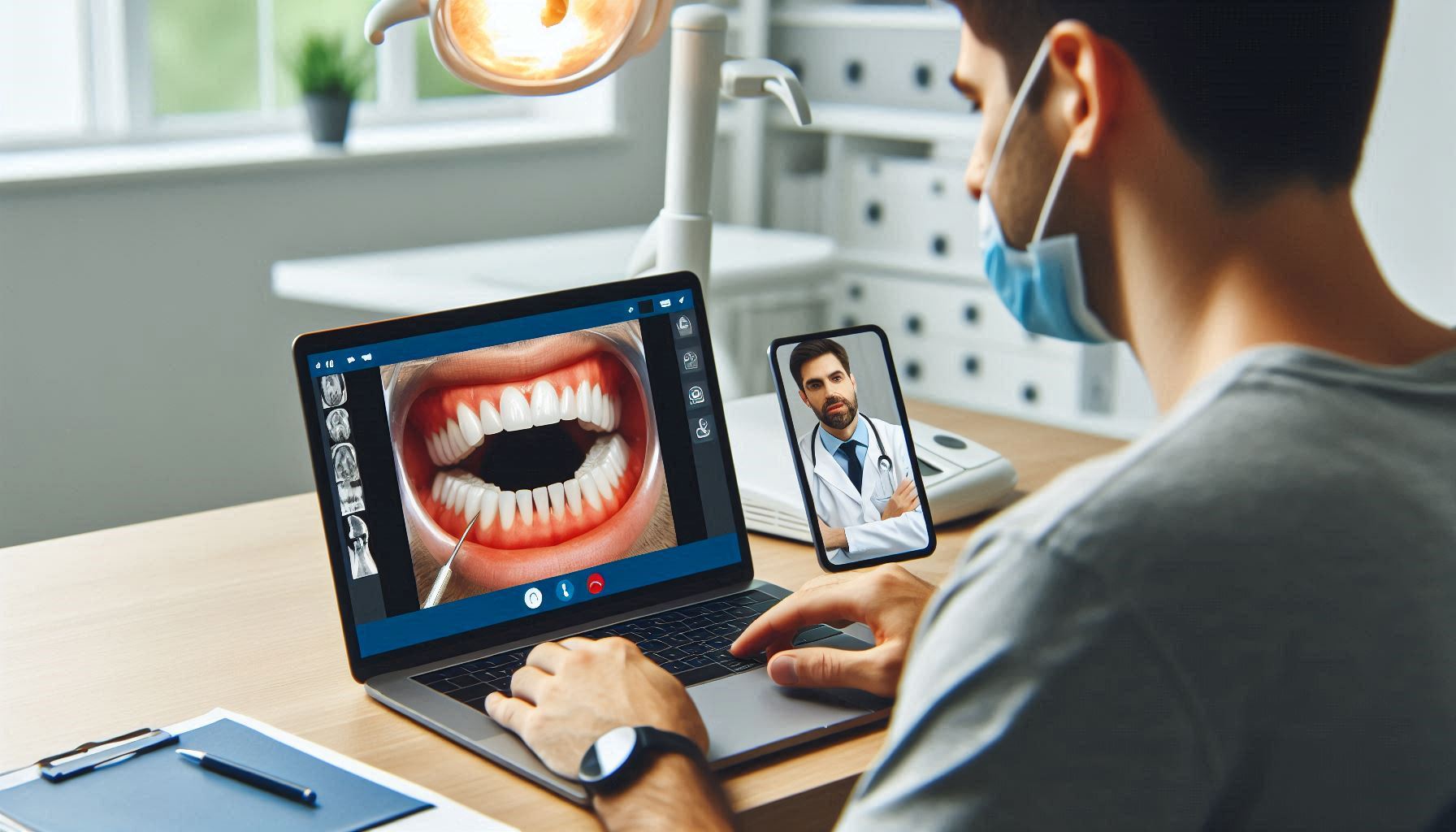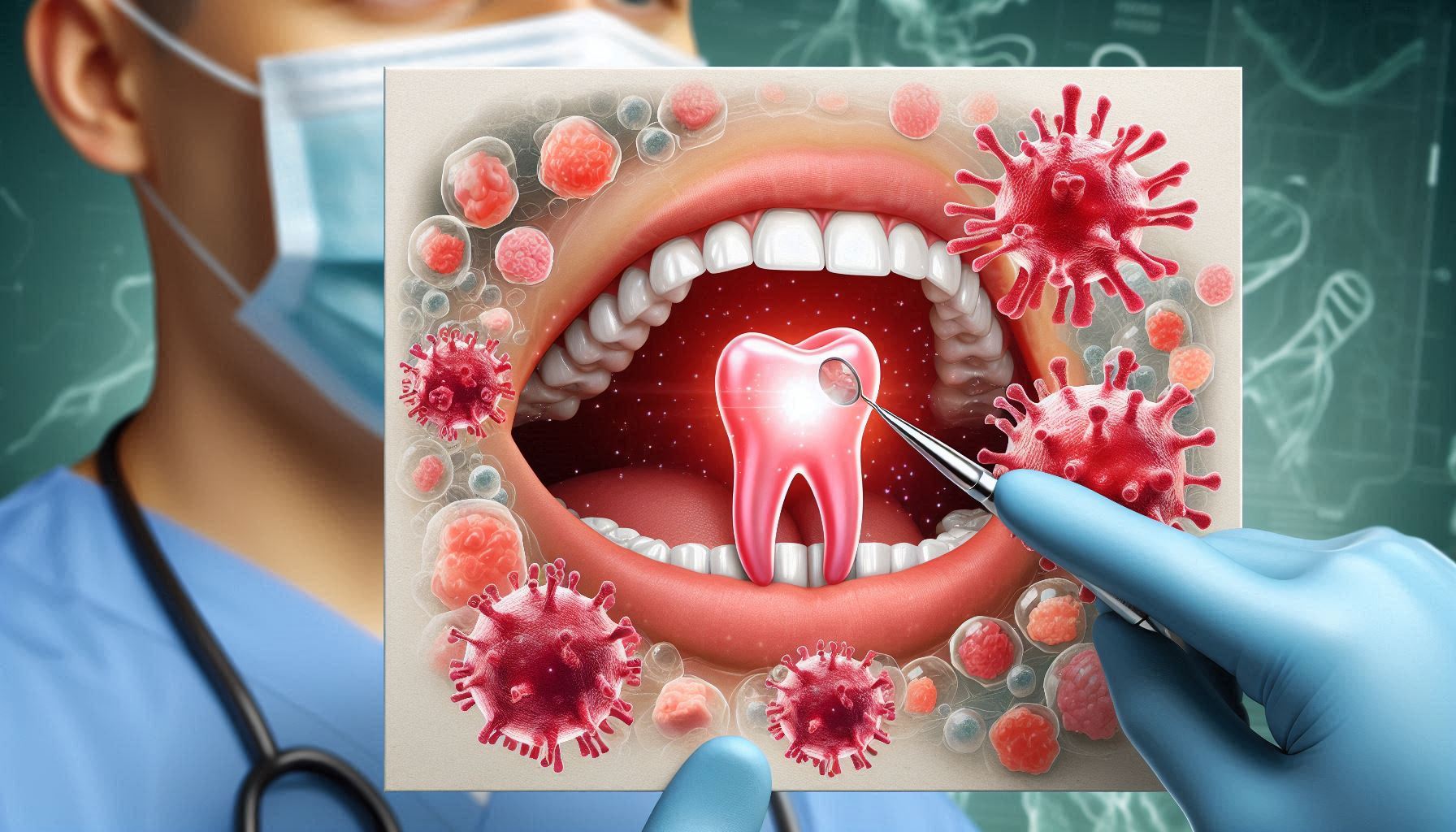The healthcare landscape is rapidly evolving due to technological advancements and shifting patient expectations. Teledentistry stands out as a promising innovation in dental care delivery. By leveraging digital communication tools, it enables dentists to connect with patients remotely, significantly enhancing accessibility and convenience. Patients can consult dental professionals from the comfort of their homes, reducing the barriers of distance and scheduling conflicts.
However, the rise of teledentistry also prompts important questions about its effectiveness and limitations. While it offers numerous advantages, such as increased access to care and cost savings, there are concerns regarding the inability to perform physical examinations, potential misdiagnoses, and disparities in technology access among patients. As the field of teledentistry continues to evolve, it is crucial to address these challenges and consider how virtual dental care will fit into the broader healthcare landscape. The future of teledentistry will likely involve a hybrid model that combines virtual consultations with in-person visits, ensuring comprehensive care while leveraging the benefits of technology.
Understanding Teledentistry
Definition and Scope
Teledentistry refers to the provision of dental care and consultations through electronic communication technologies. This can include video consultations, mobile health applications, and asynchronous communication methods such as email and messaging. Teledentistry encompasses various services, from initial consultations and routine check-ups to follow-up appointments and educational outreach.
Historical Context
The concept of telehealth has been around for decades, but the emergence of teledentistry is relatively recent. The first applications of teledentistry were recorded in the 1990s, primarily focused on rural healthcare access. However, it wasn’t until the COVID-19 pandemic that teledentistry gained widespread acceptance. With social distancing mandates in place, dental practices had to adapt quickly to remote consultations, paving the way for a more permanent integration of technology into dental care.
The Pros of Teledentistry
1. Increased Accessibility
Remote Reach
One of the most compelling advantages of teledentistry is its ability to reach underserved populations. According to the American Dental Association (ADA), approximately 35% of Americans live in areas designated as dental health professional shortage areas (HPSAs). Teledentistry can bridge this gap by allowing patients to consult with dental professionals without needing to travel long distances.
Case Study: Rural Dental Clinics
In a study published in the Journal of Dental Research, researchers found that teledentistry significantly improved access to dental care in rural communities. The study highlighted a program in a rural region where dental hygienists used teledentistry to conduct screenings and referrals, resulting in a 40% increase in follow-up care (Bashshur, et al., 2016).
2. Convenience
Flexible Scheduling
Teledentistry provides the flexibility to schedule appointments at convenient times, reducing the need for time off work or long waits in the office. Patients can engage in consultations from their homes or workplaces, making dental care more manageable.
Global Pandemic Adaptation
During the COVID-19 pandemic, many dental practices shifted to teledentistry to continue providing care while adhering to health guidelines. A survey by the ADA found that 76% of dentists reported using teledentistry during the pandemic, with many patients appreciating the convenience it offered (ADA Health Policy Institute, 2020).
3. Cost-Effectiveness
Reduced Overhead Costs
Teledentistry can lower overhead costs for dental practices by reducing the need for physical office space and resources. These savings can be passed on to patients, making dental care more affordable.
Insurance Implications
While insurance coverage for teledentistry varies, many plans have started to include virtual consultations as a reimbursable service. This trend could make dental care more financially accessible to patients, as highlighted in a study by the American Journal of Managed Care that noted an increase in telehealth reimbursement by various insurers (Tuckson, et al., 2017).
4. Enhanced Patient Education
Instant Access to Information
Teledentistry facilitates immediate access to educational resources about oral health. Dentists can share instructional videos, visual aids, and informative materials during virtual consultations, enhancing patient understanding and engagement.
Interactive Learning
A study published in Telemedicine and e-Health emphasized the effectiveness of interactive education in improving patient knowledge and compliance. Teledentistry allows for real-time discussions, helping patients better grasp their conditions and treatment options (Duncan, et al., 2019).
5. Continuity of Care
Monitoring and Follow-Up
Teledentistry enables dentists to monitor ongoing dental issues and provide follow-up care without requiring patients to visit the office frequently. This is particularly beneficial for patients undergoing orthodontic treatment or those with chronic dental conditions.
Case Example: Orthodontic Care
An orthodontic practice utilizing teledentistry reported that remote monitoring of patients led to a 30% increase in treatment adherence. Patients appreciated the convenience of submitting photos of their braces for assessment, allowing for timely adjustments without the need for in-office visits (Kowalski, 2021).
The Cons of Teledentistry
1. Limited Examination Capabilities
Physical Assessments
Despite its advantages, teledentistry cannot replicate the comprehensive physical examinations that occur during in-office visits. Many dental issues require direct observation, such as cavities, gum disease, and other oral health conditions.
Potential Risks
A study in the British Dental Journal raised concerns about the limitations of remote consultations in diagnosing complex dental conditions. The authors noted that while teledentistry can facilitate initial assessments, it should not replace traditional evaluations for definitive diagnoses (Dewhurst, et al., 2021).
2. Technology Barriers
Digital Divide
Not all patients have access to the technology needed for teledentistry, including reliable internet connections and smartphones. This digital divide can exacerbate existing disparities in healthcare access, particularly among older adults and low-income populations.
Resource Allocation
A report by the Pew Research Center highlighted that approximately 20% of Americans do not have access to broadband internet, emphasizing the need for equitable solutions in expanding teledentistry (Pew Research Center, 2021).
3. Potential Misdiagnosis
Reliance on Patient Descriptions
Teledentistry relies heavily on patients accurately describing their symptoms. This can lead to misdiagnosis or oversight of certain conditions, as dentists may not have the complete picture of a patient’s oral health.
Clinical Evidence
Research published in the Journal of Telemedicine and Telecare indicated that while teledentistry can effectively manage many cases, the risk of misdiagnosis increases when visual assessments are not possible (Cameron, et al., 2020).
4. Privacy Concerns
Data Security Issues
The rise of digital healthcare raises concerns about the privacy and security of patient information. As teledentistry involves sensitive health data, breaches could compromise patient confidentiality.
Regulatory Framework
A report from the National Institute of Standards and Technology (NIST) underscored the importance of robust security measures in telehealth systems to protect patient data from unauthorized access (NIST, 2020). Ensuring compliance with regulations such as HIPAA is critical for maintaining patient trust.
5. Regulation and Insurance Issues
Varying Regulations
Teledentistry is still a developing field, and regulations can differ significantly between states. This inconsistency can create confusion for both patients and providers regarding the legality and scope of teledentistry services.
Insurance Coverage Challenges
Insurance reimbursement for teledentistry services remains inconsistent, with some providers covering virtual consultations while others do not. This can deter patients from seeking teledentistry as an option for their dental care.
The Future of Teledentistry
- Technological Advancements: As technology continues to evolve, so will the capabilities of teledentistry. Innovations such as artificial intelligence (AI) and augmented reality (AR) may enhance remote assessments, enabling dentists to provide more accurate diagnoses and treatment plans.
- Integration with Traditional Care: The future of teledentistry will likely involve a hybrid approach, integrating virtual consultations with in-person visits. This model can leverage the strengths of both methods, ensuring comprehensive patient care while maintaining the convenience of remote access.
- Policy and Regulation: To maximize the benefits of teledentistry, policymakers must establish clear regulations and standards. This includes ensuring equitable access to technology, addressing privacy concerns, and standardizing insurance coverage for virtual dental services.
- Patient Engagement: As patients become more familiar with telehealth, their engagement in their oral health is likely to increase. Encouraging patients to participate in their care through digital tools can lead to better health outcomes and satisfaction.
Conclusion
Tele dentistry represents a significant advancement in the delivery of dental care, offering numerous benefits such as increased accessibility, convenience, and cost-effectiveness. However, it also presents challenges that need to be addressed, including limitations in examination capabilities, technology barriers, and regulatory issues.
As the field continues to evolve, a balanced approach that combines the strengths of both tele dentistry and traditional dental care will be essential. Ongoing dialogue among dental professionals, policymakers, and patients will be crucial to navigate the complexities of this innovative healthcare solution. The potential for tele dentistry to improve oral health access and outcomes is immense, and its successful integration into the dental care landscape will depend on collective efforts to address the challenges it presents.
SOURCES
Bashshur, R., Shannon, G., Smith, B. R., & Woodward, H. (2016) – The role of telemedicine in healthcare today. Journal of Dental Research.
Tuckson, R. V., Edmunds, M., & Hodgkins, M. L. (2017) – Telehealth. American Journal of Managed Care.
Duncan, G., Raghavan, R., & Iyer, R. (2019) – The effectiveness of telehealth in improving patient knowledge. Telemedicine and e-Health.
Kowalski, C. (2021) – The impact of teledentistry on orthodontic care. American Journal of Orthodontics and Dentofacial Orthopedics.
Dewhurst, E., Robinson, P., & Shikotra, A. (2021) – The challenges of diagnosing dental conditions via telehealth. British Dental Journal.
Pew Research Center. (2021) – Internet/Broadband Fact Sheet.
National Institute of Standards and Technology (NIST). (2020) – Cybersecurity for Telehealth.
Cameron, J. R., Salim, J., & Evans, R. (2020) – The reliability of teledentistry consultations. Journal of Telemedicine and Telecare.
American Dental Association (ADA) Health Policy Institute. (2020) – Impact of COVID-19 on dental practices.
HISTORY
Current Version
October 16, 2024
Written By:
SUMMIYAH MAHMOOD




